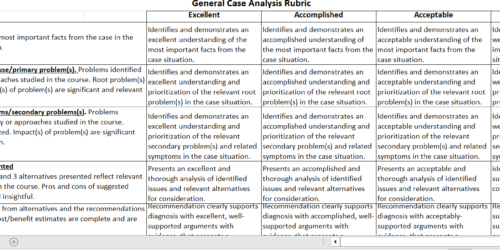Leveraging Your Slide Deck, Part 1: Scaffolding Assessments for Student Success
Reading Time: 5 minutesA slide deck can be the focus point of a lesson, presenting key information related to the week’s learning outcomes. A slide deck, however, is not simply an overview of content to be presented to students. It is also a treasure trove of opportunities for: In this Hub post, part 1 of 2, we’ll look at strategies to introduce meaningful...













